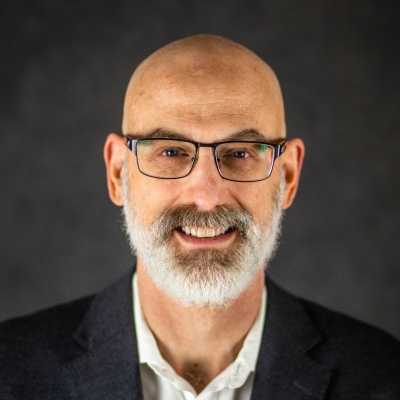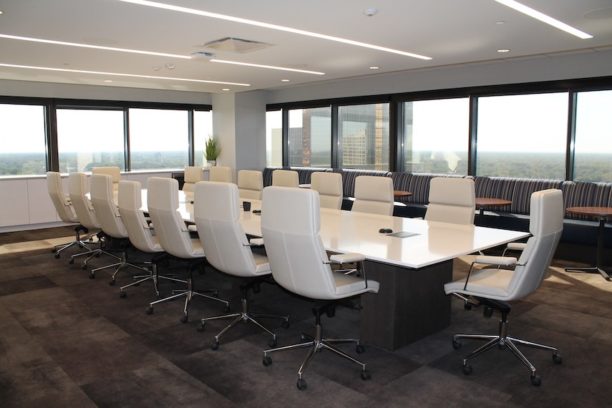Last month, I criticized the position of carbon credit rating organization Calyx Global for their low rating of Orca, a direct air capture (DAC) facility in Iceland. Since then, Calyx (with Meta) issued a white paper “Embodied emissions accounting: Confronting integrity issues in engineered carbon dioxide removals” clarifying their position, concerns and approach.
The paper uses the term CDR (carbon dioxide removal)
“to encompass both nature-based and engineered removals. Where we refer to engineered (only) removals, we use ‘eCDR’… Engineered removals include technologies such as direct air capture with carbon storage (DACCs), biomass carbon removal and storage (BiCRS, e.g., biochar, bio-oil and biomass storage) and bio-energy with carbon capture and storage (BECCs). Unlike nature-based CDR, which relies on vast acreages of land to produce removals, many of these eCDR techniques require less land. Instead, they often require energy and rely on specialized equipment and facilities.”
The problem according to Calyx –
“Currently, individual carbon crediting programs tend to adopt the same embodied emissions accounting approach across all of their eCDR methodologies; however, there is very little consistency in approaches across programs.
A number of registries, including the Verified Carbon Standard, the American Carbon Registry and the Climate Action Reserve, do not require embodied emissions accounting for facilities and equipment, meaning credits can be issued without any deduction for embodied emissions. This lack of accounting leads to a project issuing more credits than the atmospheric benefit it has generated.”
Calyx offered recommendations on embodied emissions accounting for eCDR projects:
“To ensure that eCDR credits are issued ex-post (i.e., after the atmosphere sees the benefit), we recommend standardization of embodied carbon accounting to require:
- All upstream emissions be accounted for within the first reporting period(s), up to one year. And, if the project is a net emitter beyond the first year, the embodied emissions ‘debt’ is carried forward until it is fully paid. In other words, a project can not simply have one over-credited reporting period and then claim to be climate positive.
- Ongoing emissions associated with infrastructure and equipment maintenance be accounted for in the year that they occur (similar to operational emissions).
- Downstream emissions (i.e., decommissioning and disposal) be accounted for within the first reporting period. These emissions are inevitable once the project has been implemented: the equipment has been built, and it will be disposed of or recycled at some point. Accounting in the first year ensures the integrity of credits in the event of a project’s cancellation for any reason.”
While I understand the theory, in practice there should be flexibility. What about projects that use/convert already constructed facilities, equipment and infrastructure? And there is too much uncertainty in the future of facility decommissioning to produce reliable predictions. Perhaps Calyx will revisit this as more eCDR projects are developed and rated.
Members can learn more about carbon management here.
Interested in a full membership with access to the complete range of benefits and resources? Sign up now and take advantage of our no-risk “100-Day Promise” – during the first 100 days as an activated member, you may cancel for any reason and receive a full refund. But it will probably pay for itself before then.
Members also save hours of research and reading time each week by using our filtered and curated library of ESG/sustainability resources covering over 100 sustainability subject areas – updated daily with practical and credible information compiled without the use of AI.
Practical Guidance for Companies, Curated for Clarity.










